A Guide to Polish Cuisine
Polish food is famous for being simple, hearty and not especially colourful. You simply haven’t had a thorough sampling of it until you’ve tried all the traditional dishes below, all of which you should be able to find in almost any Polish restaurant or milk bar in town. Smacznego!Barszcz
![]()
A nourishing beetroot soup, barszcz may be served with potatoes and veggies tossed in, with a croquette ('barszcz z krokietem') or miniature pierogi floating in it ('barszcz z uszkami'), or simply as broth in a mug expressly for drinking ('barszcz solo'). A recommended alternative to other beverages with any winter meal, we’d be surprised if you can find a bad cup of barszcz anywhere in Poland, so make sure you return home with barzszcz stains on at least one of your shirts.
Bigos
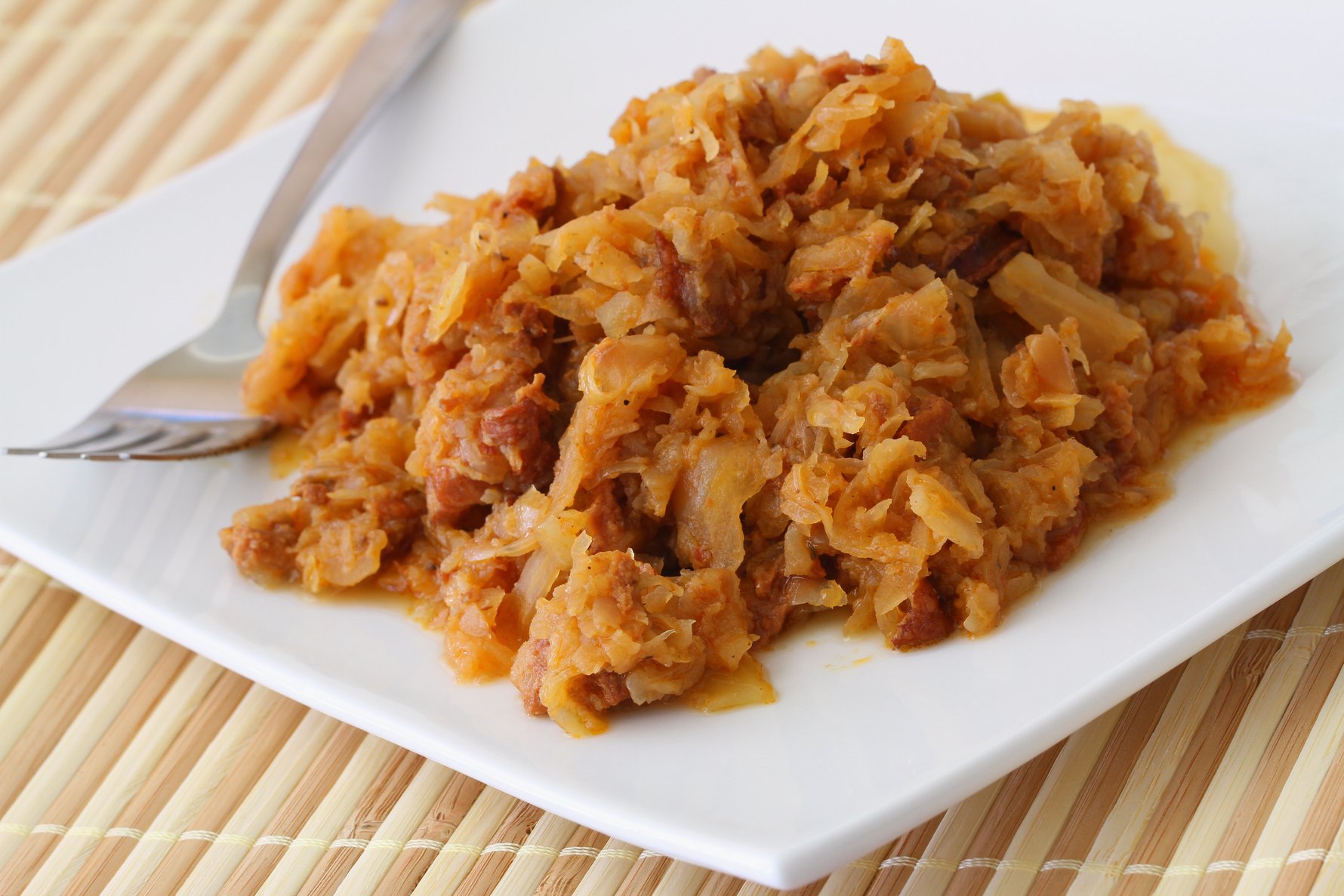
Gołąbki
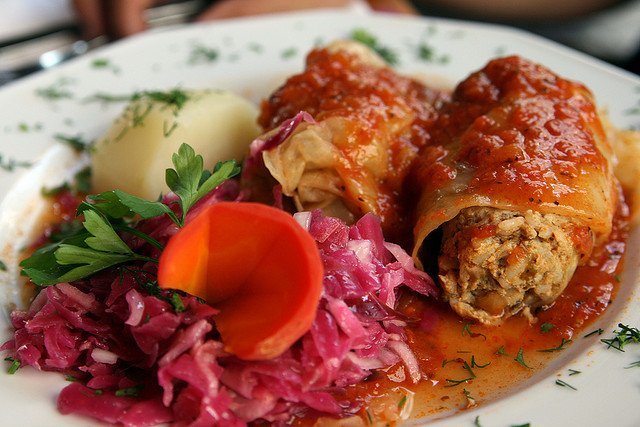
Translating to ‘little pigeons,’ this favourite dish consists of boiled cabbage leaves stuffed with beef, onion and rice before being baked and served in a tomato or mushroom sauce. Polish legend claims King Kazimierz fed his army gołąbki before a battle outside Malbork against the Teutonic Order, and their unlikely subsequent victory has been attributed to the hearty meal ever since.
Golonka
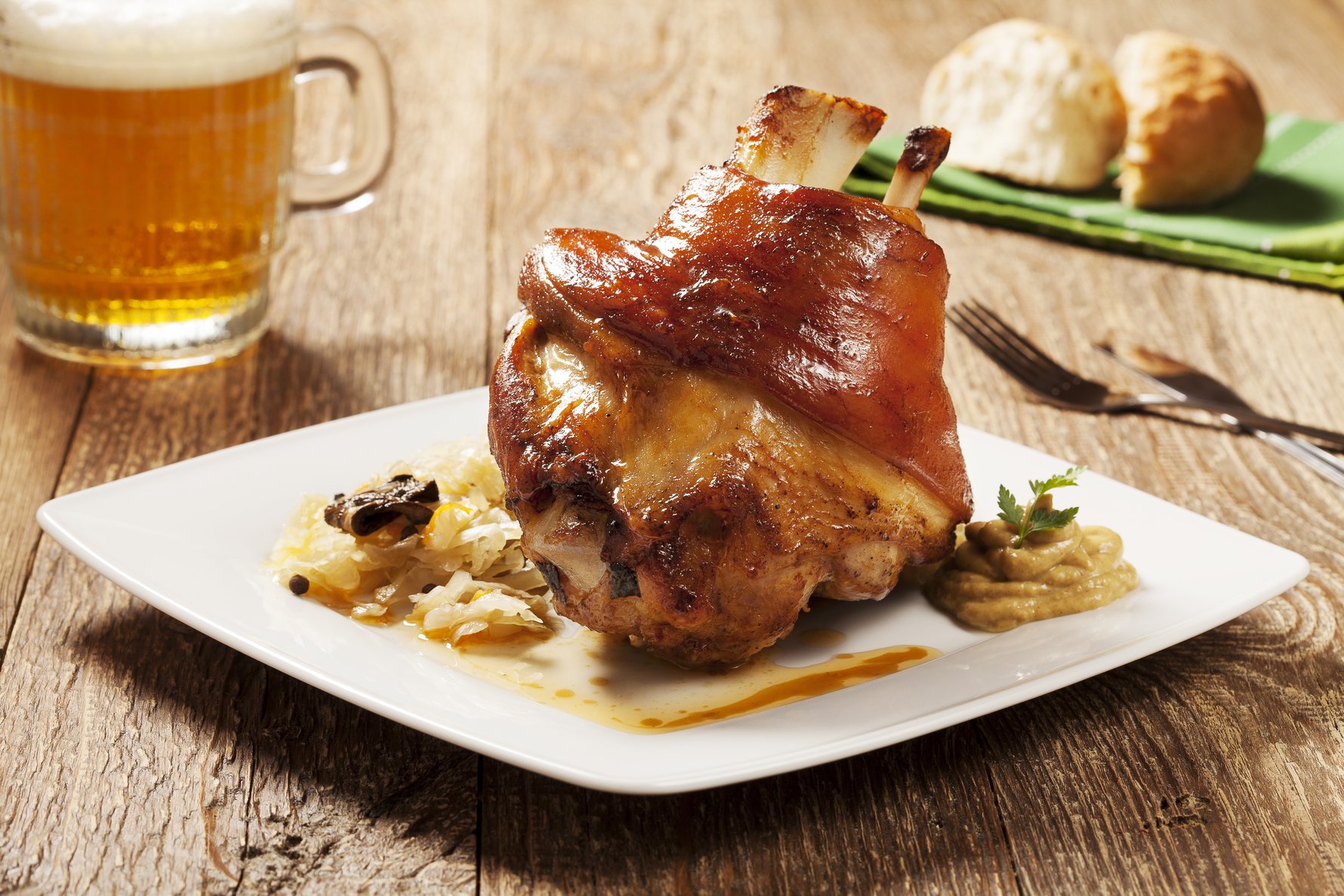
Pork knuckle or hock, as in pig’s thigh - boiled, braised, or generally roasted and put before you on a plate. A true Polish delicacy, the meat should slip right off the bone, be served with horseradish, and washed down with beer. Go caveman.
Kaszanka
This is the Polish variation of blood sausage, in this case pig’s blood mixed with groats, and is generally served fried with onions. Though sold in sausage casings, this is not a form of kiełbasa, as any Pole will emphatically tell you. In many food fairs you'll see giant pans of steamy kaszanka out of their casings (which are not meant to be eaten) being fried and stirred. A variation on the blood dish is Czernina, a soup made of duck’s blood mixed with poultry broth. An interesting tale is attached to this dish as it was the dish served by the parents of young women to her suitors as a sign that their proposal of marriage was not accepted.Kiełbasa
Sausages, and in Polish shops you’ll find an enormous variety, made from everything from turkey to bison. Keep an eye out for Krakowska - a Kraków specialty seasoned with pepper and garlic, and Kabanosy - a thin, dry sausage flavoured with caraway seed. Kiełbasa was also the nickname of one of Poland’s most notorious gangland figures of the 90s.Kotlet Schabowy
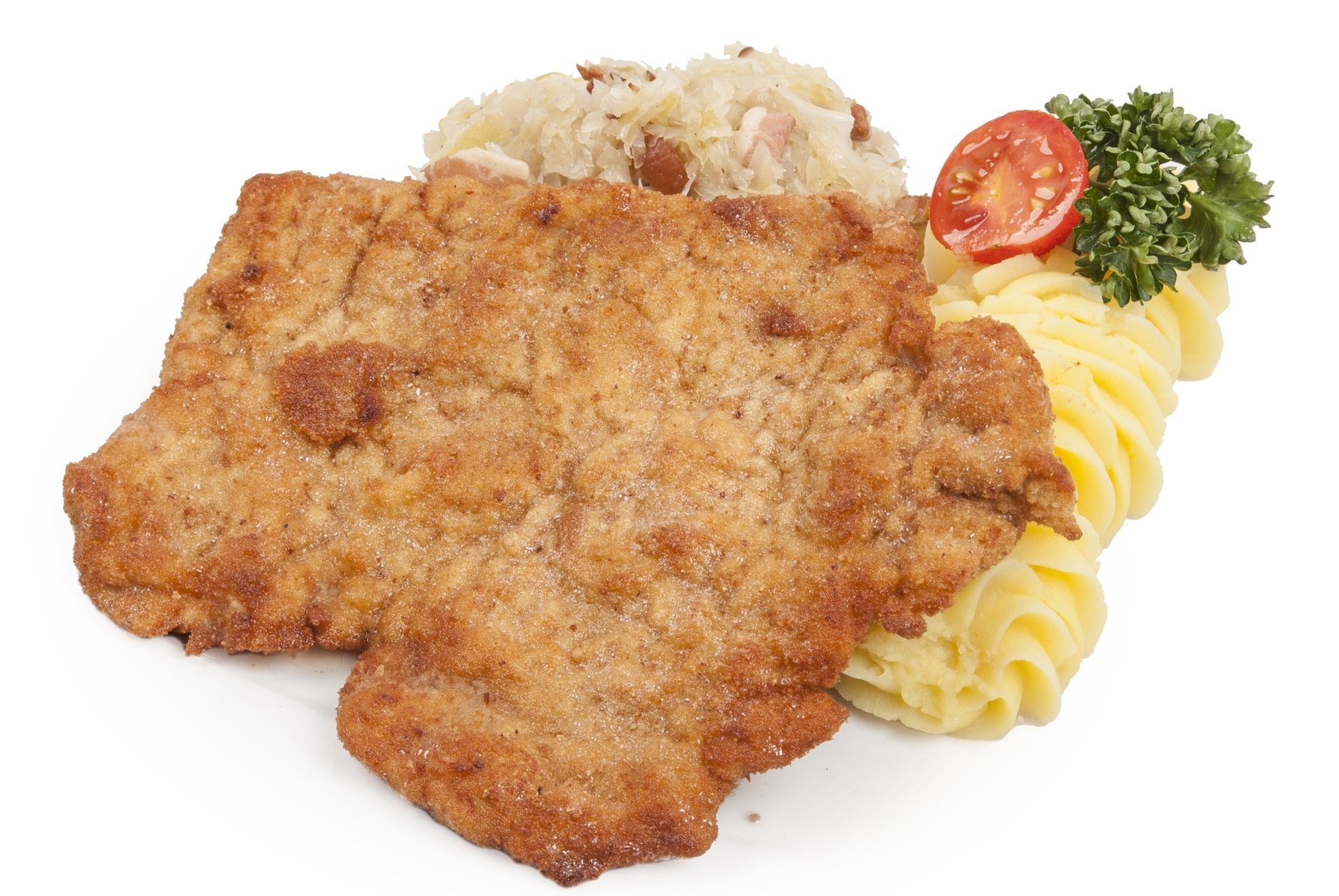
Probably the most popular lunch/supper in Poland is the almighty ‘schabowy’ with mashed potatoes and pickled cabbage, and you can walk into almost restaurant in the country and be assured of its presence on the menu (if the kitchen hasn’t run out of it already). Essentially a breaded and fried pork chop (cutlet), ‘kotlet schabowy’ is quite similar to Viennese schnitzel, and a solid bet for a cheap, filling, risk-free meal. If you’re awoken on a Saturday or Sunday morning by the sound of profuse banging - that’s the collective sound of every housewife in Poland tenderising the meat for this meal with a spiky mallet. So best mind your manners.
Naleśniki
The Polish equivalent of French crepes, these are thin pancakes wrapped around pretty much any filling you can dream of, savoury or sweet. Generally the easy way out in any dodgy Polish dining establishment.Pierogi
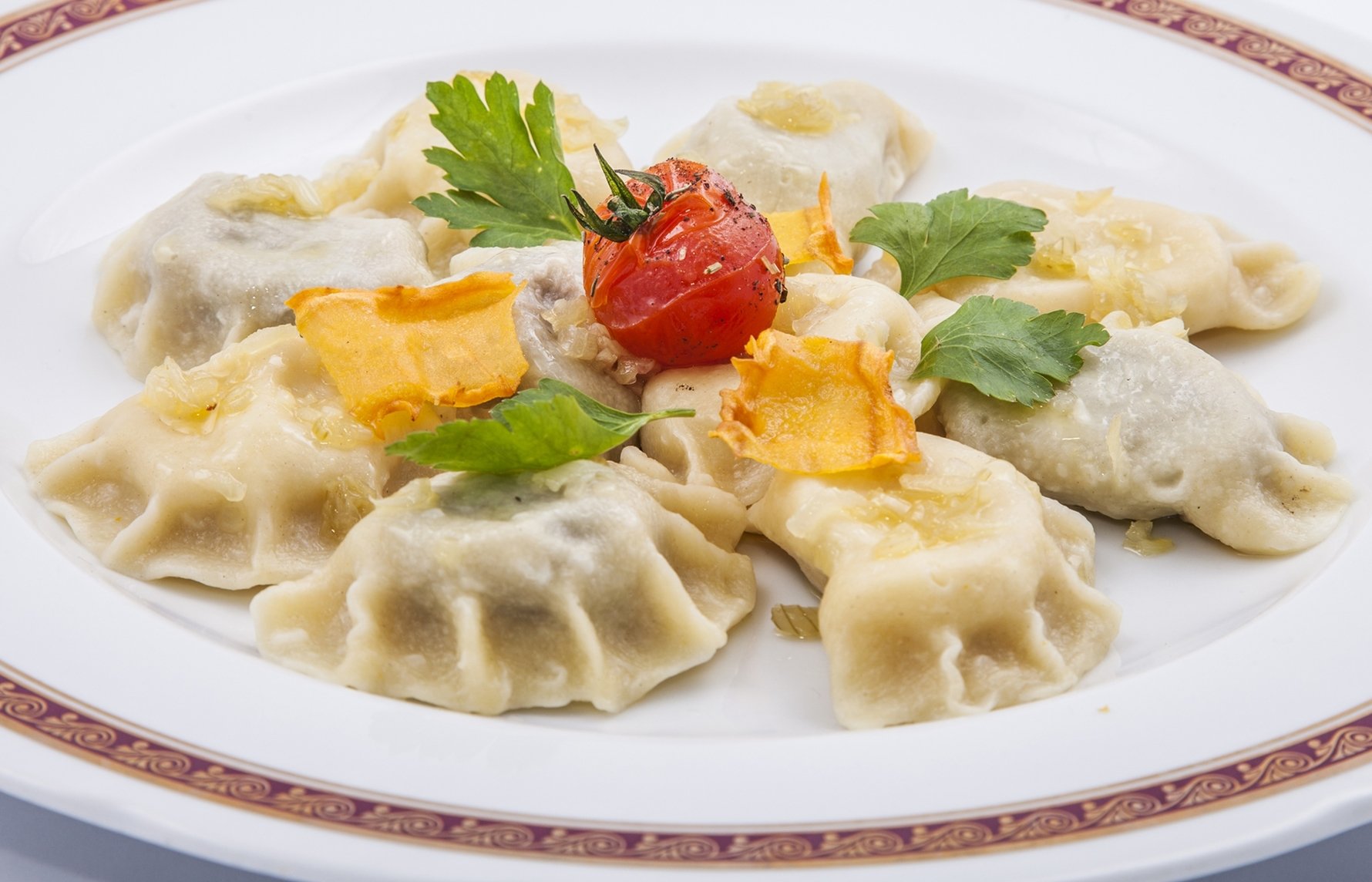
Doughy dumplings traditionally filled with potato (Ruskie), sweet cheese, meat, mushrooms and cabbage, strawberries or plums, though if you nose around you will find plenty of maverick fillings like broccoli, chocolate or liver as the possibilities are truly limitless and they are served almost everywhere in the city.
Placki
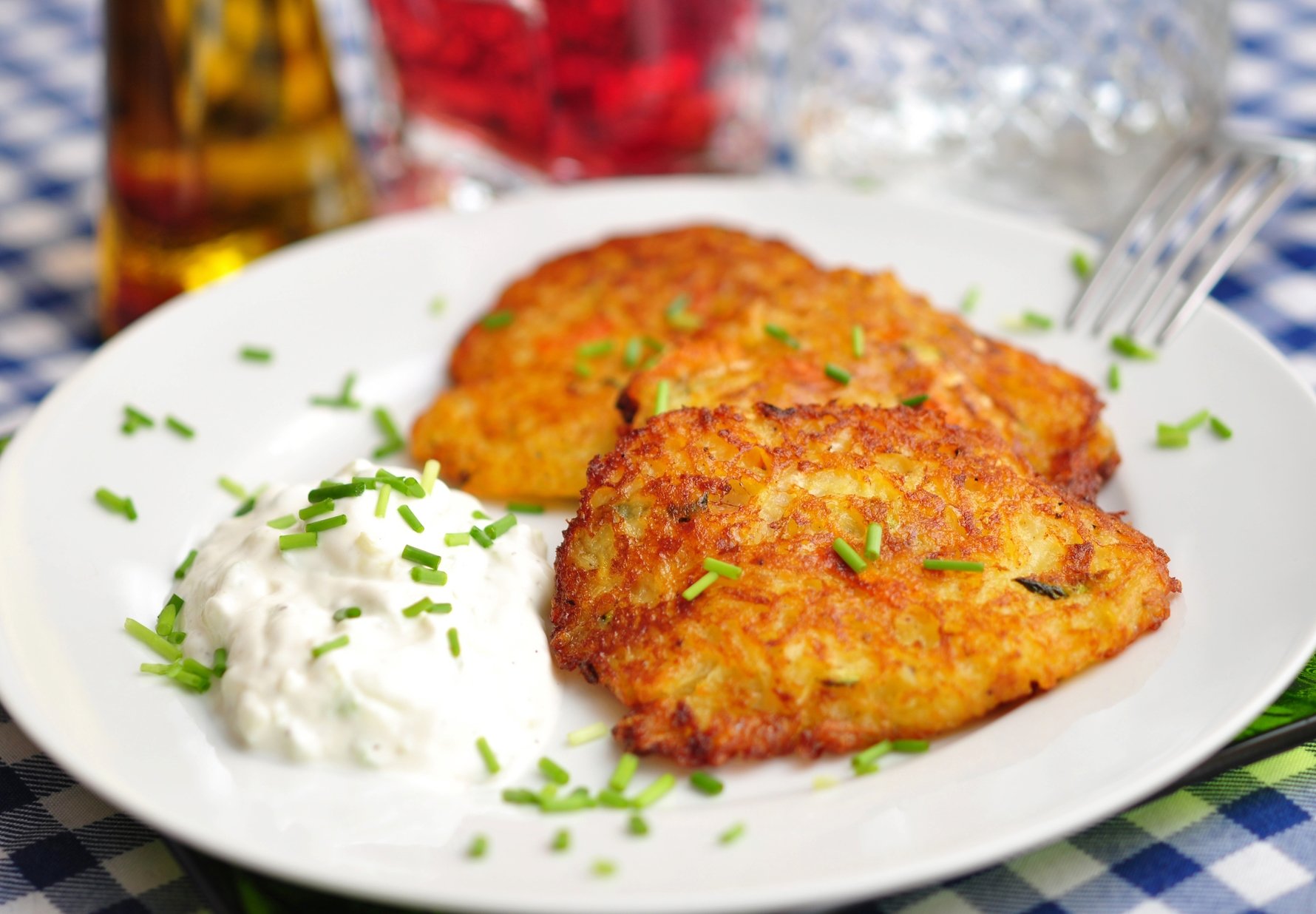
These greasy, fried potato pancakes (‘placki ziemniaczane’) are very similar to Jewish latkes (if that means anything to you) and best enjoyed with goulash on top (placki po Węgiersku). Highly caloric, they’re also a tried and true hangover cure.
Smalec
Vegetarians who broke their vows for a bite of sausage or a taste of żurek generally draw the line here. An animal fat spread full of fried lard chunks (the more the better, we say) and served with hunks of homemade bread, Smalec is a savoury snack that goes great with a mug of beer. Any traditional Polish restaurant worth its salt should give you lashings of this prior to your meal.Zapiekanka

The ultimate Polish drunk food, and also known as 'Polish pizza.' Take a stale baguette, pour melted cheese on it and then cover it with mushrooms and ketchup from a squeezy bottle. Best eaten when absolutely plastered. Where to buy it: various fast food cabins dotted around the city centre.
Żurek
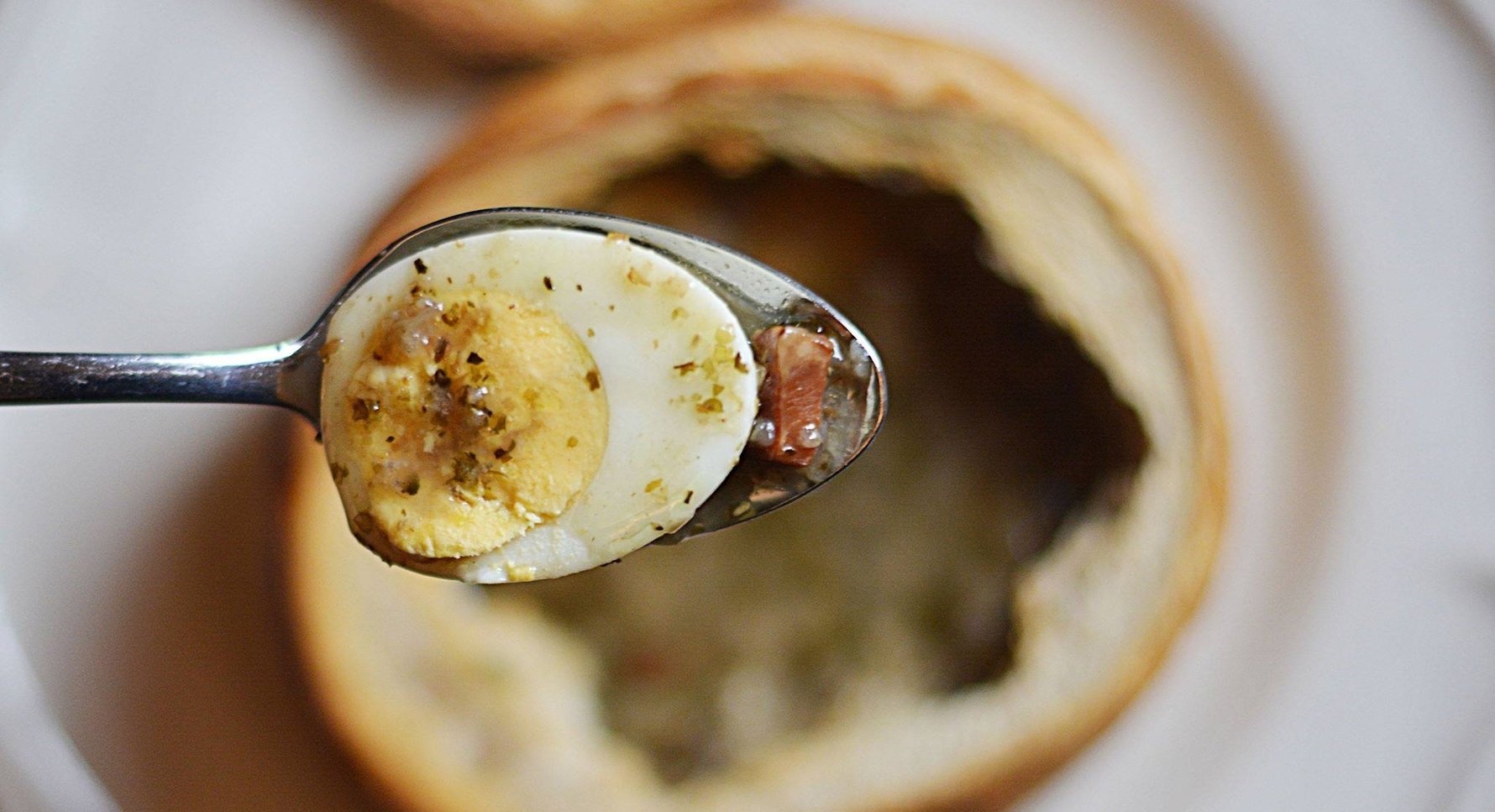
It doesn’t get any more Polish than żurek – a unique sour rye soup with sausage, potatoes and occasionally egg chucked in, and often served in a bread bowl.


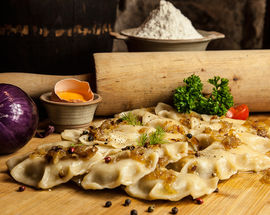
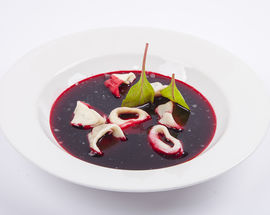
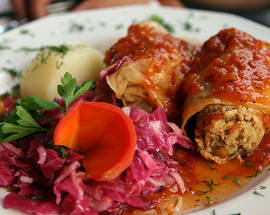
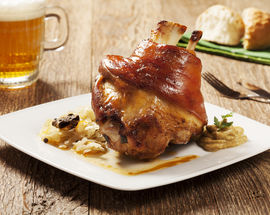
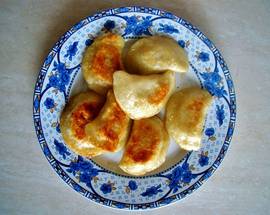

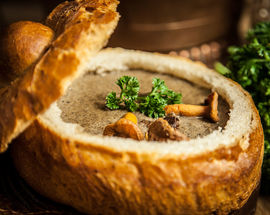
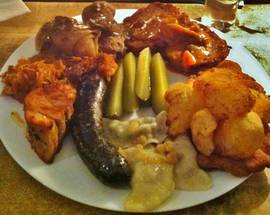
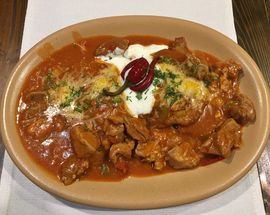
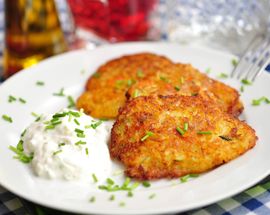
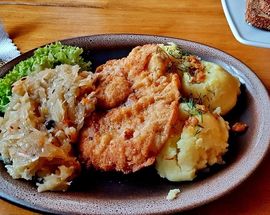
_m.jpg)
_m.jpg)


Comments